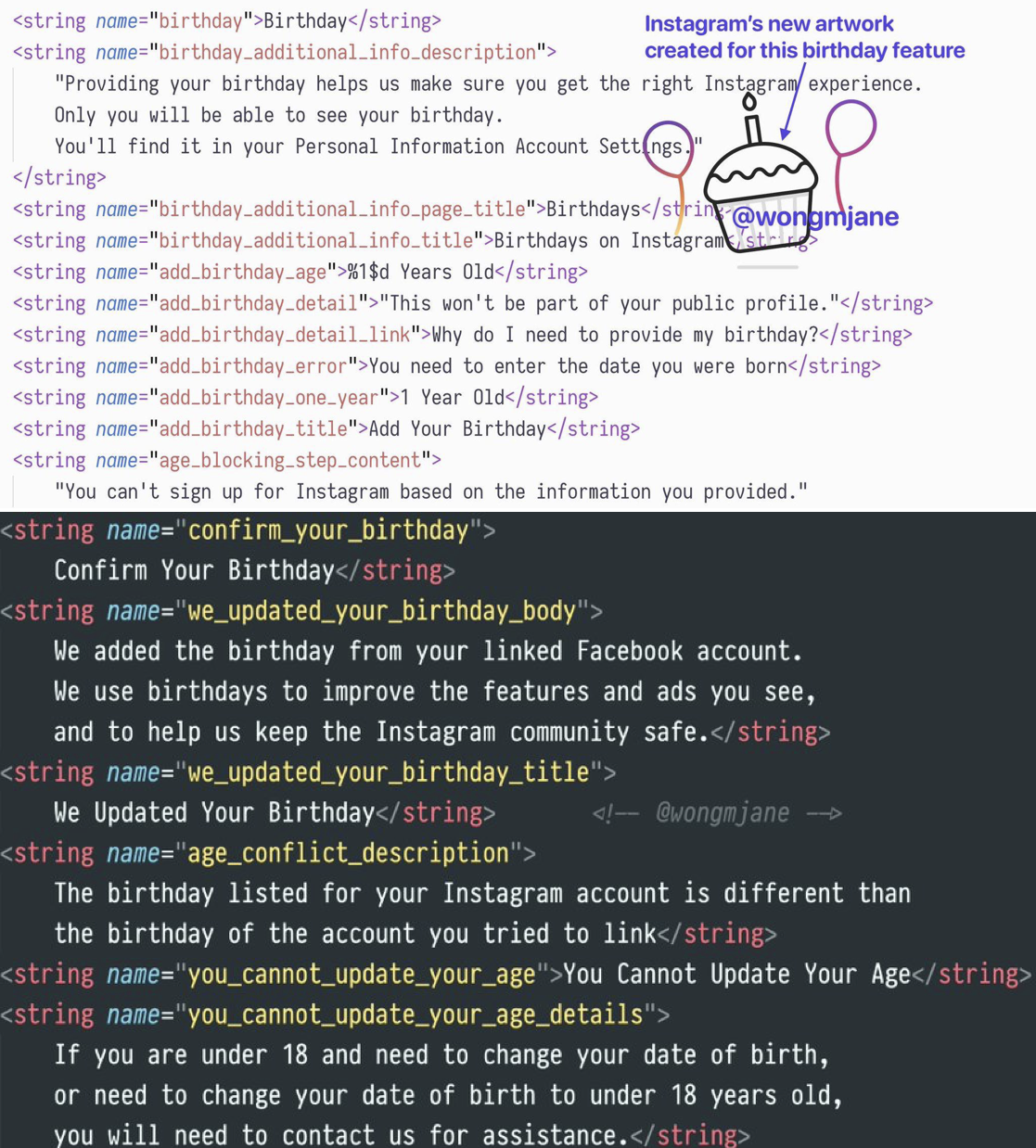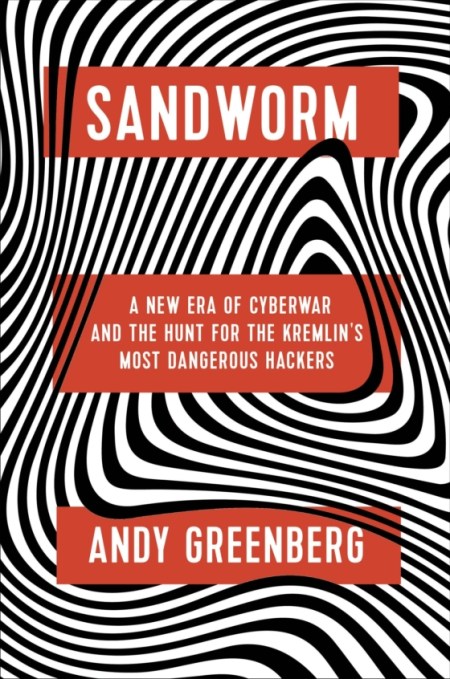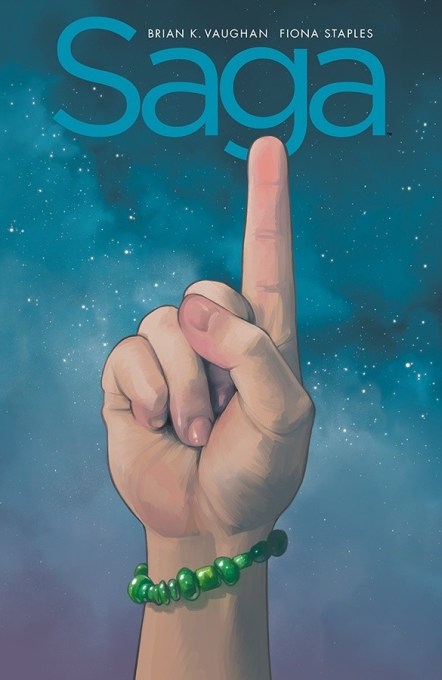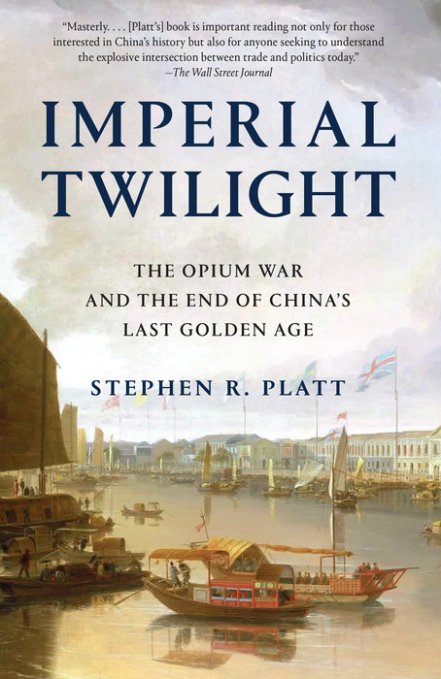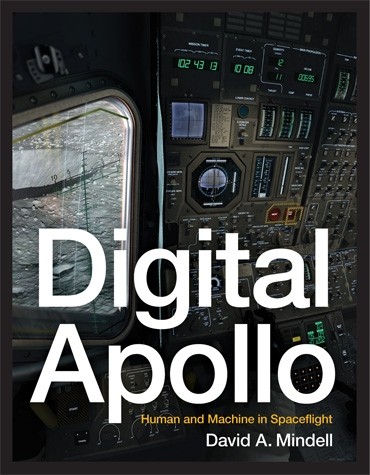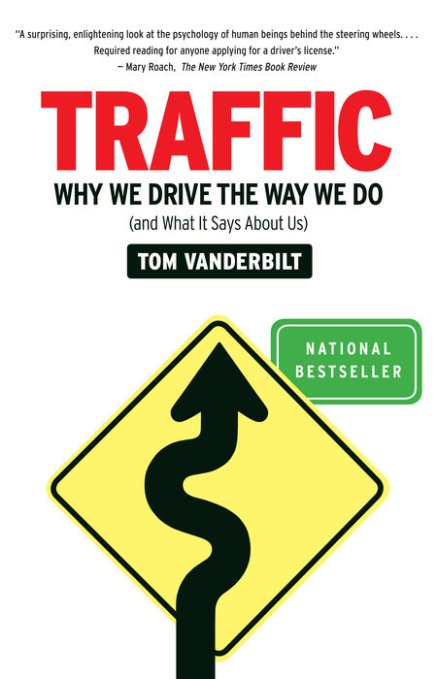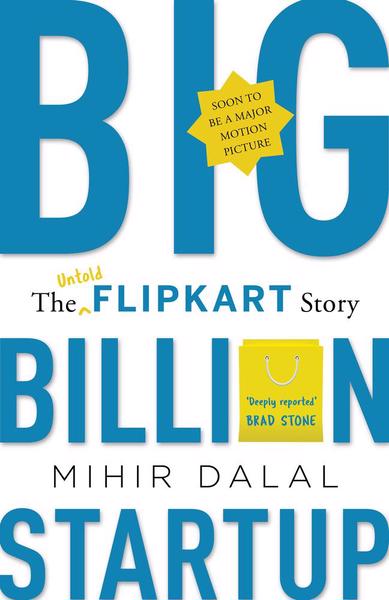Books are fundamentally about stories, and 2019 (and really, the past decade) has been the story of technology’s domination of every industry and function of society. Founders and tech executives are more powerful than ever, and how we use that power for good or evil will deeply shape the future of our world.
Whether it’s the sudden rise of TikTok and the ubiquity of social networks in business, economics, and politics, or the coming conflagration of climate change, or the challenges of personal and professional development, or just finding your way in building a startup, there was just an avalanche of books published this year on every topic near and dear to a technologist’s and founder’s heart.
I wanted to get a sense of what our readers thought were the best books they read this year, and so I reached out to our Extra Crunch membership to ask for their recommendations. Perhaps unsurprisingly for a group of people who actually pay for deeper journalism, our EC readers submitted dozens and dozens of book recommendations on every subject imaginable.
From those recommendations, I carefully selected a list of just 12 books that seemed the most recommended by our readers and also captured the zeitgeist of the times we are living in. Every book here is great and important, and I only wish we had more time to read them all.
How to handle the coming total disruption of society by technology
Loonshots: How to Nurture the Crazy Ideas That Win Wars, Cure Diseases, and Transform Industries by Safi Bahcall
St. Martin’s Press / 368 pages / March 2019
Publisher’s Link
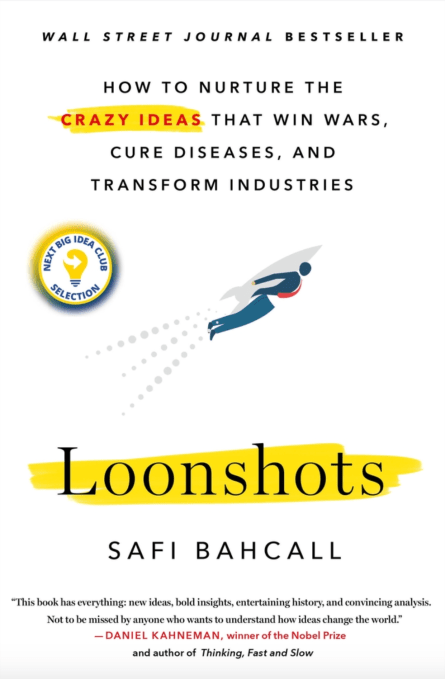
Anyone who has worked long enough in innovation and technology knows that great ideas can come from anywhere. But how do those ideas actually go from mere thoughts to actions and products, while avoiding the organizational politics that often prevent them from seeing the light of day in the first place?
Safi Bahcall, a PhD physicist from Stanford who co-founded and led Synta Pharmaceuticals as CEO through its IPO on NASDAQ in 2007, has been thinking about serendipity in science for years, and Loonshots is his first book. In it, Bahcall borrows concepts from science to move beyond looking purely at organizational culture to investigating organizational structure, investigating how we design our teams and how that can play an outsized role in whether new ideas flourish — or are killed on the spot.
Widely lauded by luminaries and a bestseller on Amazon and the Wall Street Journal, the book asks one of the most important questions in innovation today and gives a series of vignettes on how to improve our ability to handle spontaneity. A great book for the disrupting — and the disrupted.
The Technology Trap: Capital, Labor, and Power in the Age of Automation by Carl Benedikt Frey
Princeton University Press / 480 pages / June 2019
Publisher’s Link
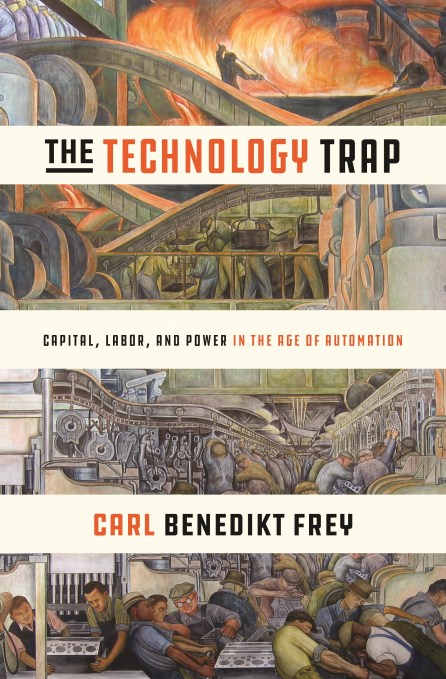
Digital disruption is all around us. Artificial intelligence is quickly eliminating millions of middle-class jobs, and fears of automation are growing among more and more workers, polarizing our politics and complicating the future of business.
Yet, all of this has happened before. More than a century ago, technologies like replaceable parts and the steam engine combined to create one of the greatest transformations our society has ever seen in the Industrial Revolution. But just how did the Industrial Revolution happen, and how did it affect everyday people in England, America, and elsewhere?
Carl Benedikt Frey, a fellow at Oxford University and director of the Programme on Technology & Employment at the Oxford Martin School, investigates the short, medium, and long-term consequences of the Industrial Revolution on workers, finding that in fact the changes had extraordinarily negative consequences in the short term. His lessons from this pivotal moment in history can help technology leaders avoid the biggest risks today in how we design human/AI systems in the coming age of automation.
Digital Transformation: Survive and Thrive in an Era of Mass Extinction by Thomas M. Siebel
RosettaBooks / 256 pages / July 2019
Publisher’s Link
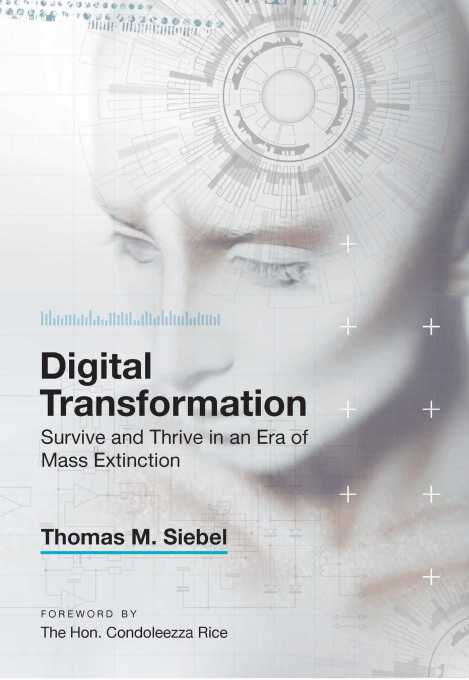
You’ve re-built your structure based on Loonshots, and learned the lessons of The Technology Trap, but ultimately, many leading enterprise companies today are facing extinction from a number of new technology waves like elastic cloud computing and the internet of things. For those not doing the disrupting but rather on the receiving end, what exactly are you supposed to do?
Billionaire entrepreneur Tom Siebel, who founded Siebel Systems and eventually merged it into Oracle in 2006 for nearly $6 billion, wrote his first book in almost two decades on the topic of how legacy companies can navigate these turbulent times. Through Digital Transformation, Siebel tries to offer the disrupted a primer on just what is going on in AI and other big tech waves to help executives understand what strategies they can use to defend their businesses.
A brisk and reasonably short read, Digital Transformation offers key lessons, even if they may well be ignored by most before it is too late.
How to deal with tech’s inadequacies and head-banging, stupid behavior
Technically Wrong: Sexist Apps, Biased Algorithms, and Other Threats of Toxic Tech by Sara Wachter-Boettcher
W. W. Norton & Company / 240 pages / October 2017
Publisher’s Link
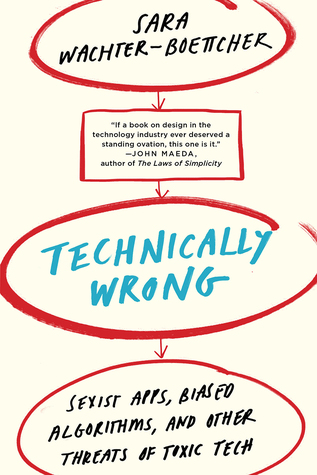
While we love writing about the growth of innovative products and startups here at TechCrunch, the other side of that coin is that there has been a constant cavalcade of dumb actions by founders and engineers the past few years that has turned many sour on the future of our industry. Whether it is sexism in financial underwriting or employee political controversies (stories just from the last few days), technology is increasingly under a microscope — and the industry doesn’t look good at full resolution.
Technically Wrong, a book by consultant and tech critic Sara Wachter-Boettcher, tries to take a more playful approach to all these challenges by just sort of splaying them all out together for the world to see. While ostensibly targeted at the general public, the idiocies that Wachter-Boettcher identifies should be taught in every software engineering, product management, and UX design class.
As one Extra Crunch member wrote in their endorsement:
This is my favourite book. It highlights examples of bias in tech and how this has led to negative or even harmful applications in society. It makes a strong case for any developer to consider how their tech may be biased or have potential to be used for harm. A must read.
Given the plague of scandals hitting tech, the book is perhaps a tad out of date just two years post-publication, but its lessons are invaluable and will stand the test of time.
Targeted: The Cambridge Analytica Whistleblower’s Inside Story of How Big Data, Trump, and Facebook Broke Democracy and How It Can Happen Again by Brittany Kaiser
Harper / 400 pages / October 2019
Publisher’s Link
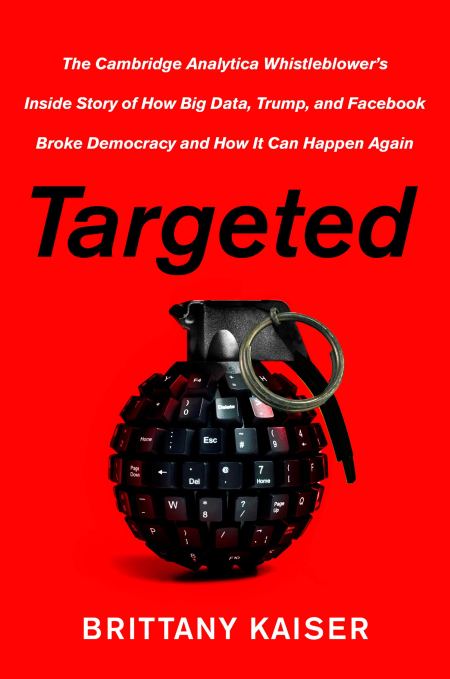
Perhaps no scandal has rocked the tech industry — or politics in general — quite like the Cambridge Analytica imbroglio that not only showed the power that Facebook and other social networks have over us through our user data, but also the scale to which that data influences purchasing decisions and of course, our elections.
Brittany Kaiser was a consultant and former Obama campaign worker who joined Cambridge Analytica hoping to make a difference. I guess in a way she did, eventually learning the true nature of big data and how that intersects with the needs of campaign managers. Through Targeted, she writes about her experience on the ground floor of the organization, and also places the company in the context of the broader challenges facing technology and ethics going forward. It’s a cri de coeur for other tech industry workers to think about how their work is affecting society and perhaps tapping out in much the way that Kaiser did.
Targeted is competing directly with Mindf*ck: Cambridge Analytica and the Plot to Break America by Christopher Wylie for this year’s best memoir on the sordid story. Targeted got the recs from EC readers though, and it’s certainly a story that deserves more than one point of view.
How to think about the biggest news stories this year
We Are The Weather: Saving the Planet Begins at Breakfast by Jonathan Safran Foer
Farrar, Straus and Giroux / 288 pages / September 2019
Publisher’s Link
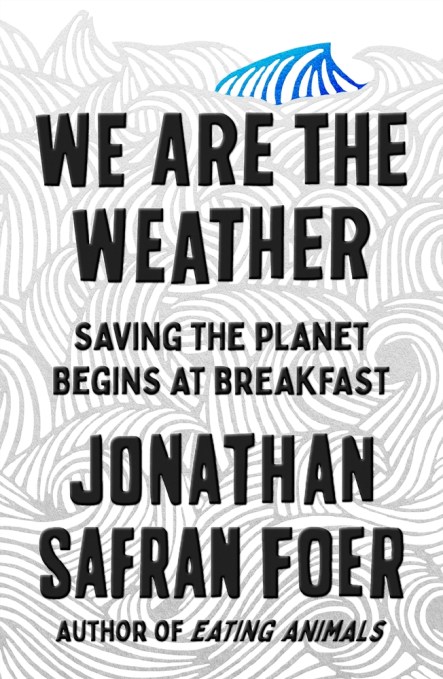
Climate change was all over the news this year, and perhaps nowhere more than in tech’s central headquarters of Silicon Valley, which faced fires and repeated blackouts this year as utility company PG&E struggled to deliver power amidst California’s changing climate. But climate change isn’t just something that is “happening” — it’s being driven by the choices we make every single day.
Long-time novelist Jonathan Safran Foer returns to the theme of his sole non-fiction book Eating Animals to look at how our decisions around food are directly impacting the health of the planet. While it may seem like what we eat for breakfast is but a minor drop of carbon in a massive ocean, the reality is that our collective and aggregated decisions have huge implications for how our food systems are organized.
Foer brings his literary talents to bear on the subject, creating a textured and at times stream-of-consciousness account that interleaves climate change fear, personal anecdotes, and short stories to create a compelling case for changing our daily habits in ways that align with the needs of our environment. It may not be tuned to every reader’s preferred style, but few books connect all the dots on this subject quite like We Are The Weather
AI Superpowers: China, Silicon Valley, and the New World Order by Kai-Fu Lee
Houghton Mifflin Harcourt / 272 pages / September 2018
Publisher’s Link

Another storyline that just kept rearing its head in the headlines this year was China. From the trade war and tariffs between Trump and Xi, to the increasing security risks of Chinese industrial espionage, to the surveillance technology that companies like Huawei are exporting to undergird digital authoritarianism, China’s actions are transforming our world (and at least from this side of the Pacific, not for the positive).
One locus of competition between the U.S. and China though remains focused on artificial intelligence, and which country will take the lead in this critical new market. China has invested prodigious amounts of funding into the industry through its Made in China 2025 plan, while the United States continues to have some of the leading research groups and companies in the space.
Kai-Fu Lee, a well-known trans-Pacific venture capitalist, tries to demystify and de-intensify the arms race story by carefully investigating what is really taking place in the AI labs and products from leading companies like Didi, Baidu, and Google. Less focused on fear than on analysis, Lee brings to bear his decades of experience on the subject to offer readers an in-depth, sober, and ultimately compelling look at how Chinese and American efforts around AI differ, and just how they can learn from each other. It was also our most recommended book by EC members, and I’ve also personally loved it (and discussed it a bit, although never truly got around to reviewing it – sorry!)
How to think about stories
Crafting Stories for Virtual Reality by Lakshmi Sarah and Melissa Bosworth
Routledge / 258 pages / October 2018
Publisher’s Link
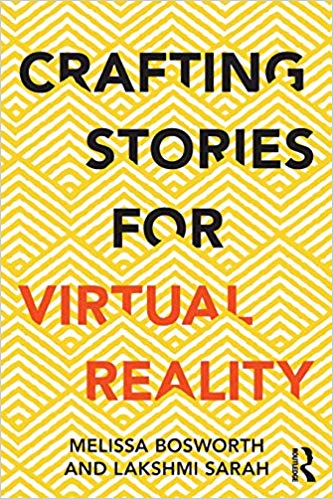
McLuhan’s oft-repeated and often wrongly-interpreted “the medium is the message” is a key aspect of communications studies, but another angle is that the medium determines the types of stories that can be communicated. Books, radio, and television are platforms that offer storytellers certain tools and constraints, and over the decades (and for books, centuries), we have learned how to mold and optimize our visions to those intrinsic limits.
Virtual reality though is a whole new field, and as a medium, it is just getting started. How do we take advantage of the immersiveness intrinsic to VR? What are the new limits on storytelling, and what norms around plot and characters are going to have to be established to make this medium accessible to viewers?
Multimedia journalists Lakshmi Sarah and Melissa Bosworth wrote Crafting Stories for Virtual Reality as a primer for any storyteller that wants to learn more about how immersive media, augmented reality, and virtual reality are going to transform storytelling, reporting, and entertainment into the future.
As one EC reader wrote in their recommendation:
It provides a really good overview of different types of virtual reality and how they can be shaped to resonate with audiences in different ways. For anyone considering VR, it’s incredibly helpful.
It’s certainly early days, and books like this almost certainly have a short half-life. Nonetheless, for those looking to explore stories in VR, this is just the title to get up-to-speed on this small but rapidly growing segment of the tech industry.
The Overstory by Richard Powers
W. W. Norton & Company / 512 pages / April 2018
Publisher’s Link

Our EC readers are heavy on the non-fiction, but we did occasionally get some recommendations for fiction. One popular novel was Richard Powers’ The Overstory, which won this year’s Pulitzer Prize for Fiction. So, okay, clearly a critic favorite. But what makes the novel so unique and compelling in a year that had a serious number of great entries?
Similar to Foer above, Powers is concerned about how humans and climate change are coming together to devastate our natural environment and particularly, our trees and forests. The Overstory is really a multitude of stories of Americans who connect with nature and each other to start to take action to address the massive changes coming and already in progress.
This is the twelfth novel for Powers, who in addition to literature, has a background in physics and was formerly a computer programmer. His work on The Overstory was partly inspired by time he spent in Silicon Valley while at Stanford, where he observed California’s famed redwood trees. If you are looking for a thought-provoking novel, you don’t need to look too much farther.
How to help yourself in the tech world
The Making of a Manager: What to Do When Everyone Looks to You by Julie Zhuo
Portfolio / 288 pages / March 2019
Publisher’s Link

There is an archetypical story that happens at rapidly growing startups. A founder hires friends and people they know, builds a team, launches a product, and strikes gold. As growth continues unabated, more and more people are hired — forcing the startup to invent a management structure to bring some level of organization to the chaos. But managers are hard to find, and there are already employees with some level of tenure at the company. And so those early employees are often moved up rapidly to managerial and executive roles, suddenly handling direct reports with no experience whatsoever.
Julie Zhuo, VP of Design at Facebook, has written a guide for exactly these first-time, suddenly-promoted managers on exactly what they should be doing to begin bringing order to the chaos. This book is definitely in the self-help, management guru wing of the bookstore, but Zhuo’s personal experience going through this transformation shows through in her examples and clearly defined points for improvement.
One EC reader wrote in their recommendation:
One of the biggest org fallacies of fast-growing startups is promoting great ICs into first-time management roles and expecting they’ll quickly turn into great people managers with little training, mentorship, or role-models. Since that almost always works to plan, Julie, the first designer and later head of design at Facebook, wrote a book outlining all the challenges of being that first-time manager and the learnings along the way. A book I recommend to my team across the board.
The Making of a Manager targets a unique audience with unique insights and is worth a read.
Permission to Feel: Unlocking the Power of Emotions to Help Our Kids, Ourselves, and Our Society Thrive by Marc Brackett
Celadon Books / 304 pages / September 2019
Publisher’s Link
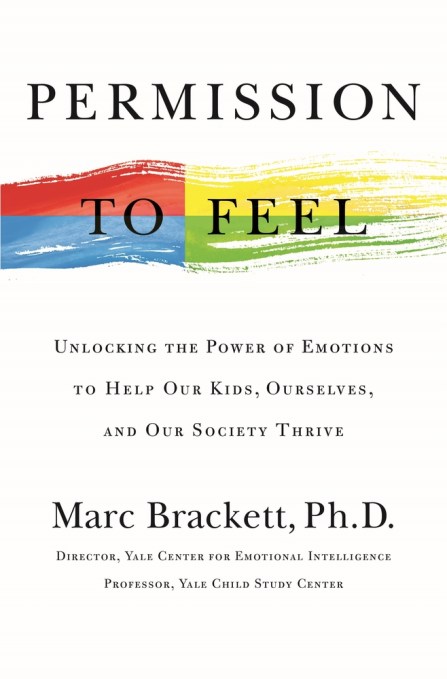
This was a surprising recommendation from the EC membership, but once I investigated it, completely understood why it fits on this list. One of the biggest challenges for children is their emotional development — how do they interact with the world and with other people? How do they listen to themselves and how they are feeling?
It’s not just children though, since all of us can improve how we respond to the daily stresses on our lives.
That’s why Marc Brackett, the founding director of the Yale Center for Emotional Intelligence, explores how we handle our emotions and why it is important to give and receive “permission to feel.” He offers an acronym (of course he does) called RULER to manage our emotional lives better:
- Recognizing emotions in oneself and others.
- Understanding the causes and consequences of emotion.
- Labeling emotions with precise words.
- Expressing emotions taking context and culture into consideration.
- Regulating emotions effectively to achieve goals and wellbeing.
Considering that tech can often be one of the least emotionally hospitable industries out there, Brackett’s thoughts and solutions seem like a perfect fit for improving the quality and well-being of our workplaces and lives.
How to be an entrepreneur
Leonardo Da Vinci by Walter Isaacson
Simon & Schuster / 624 pages / October 2017
Publisher’s Link

Isaacson is probably best known today for his 2011 biography of Steve Jobs, but he has followed up that magnum opus with another dive into another entrepreneur, this time quintessential Renaissance man Leonardo Da Vinci. You’ve got all the typical Isaacson accoutrements here: the storyline, the characters, the life lessons, the inspiration. I don’t know how anyone can walk away from a book like this and not be deeply inspired by the power of a single human to change the world (or at least invent new ones!)
As one EC member wrote in their recommendation: “Curiosity and imagination lead to awareness and innovation. He perfected the art. A lesson for all.”
The book first came out two years ago with a paperback version coming out about a year ago, so perhaps noteworthy that our EC members still find deep value in this biography and its lessons.





